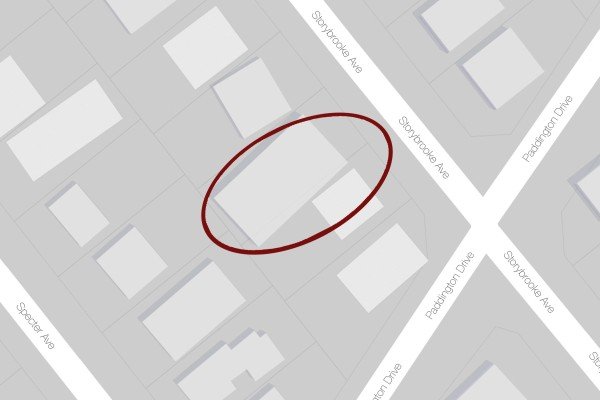

Updated on July 6, 2023
California law recognizes the right of two adjoining landowners to agree on a specific line or marker to act as the property lines between the two parcels, notwithstanding the legal description in each parcel’s deed. This right is known as the “Agreed-Boundary Doctrine.” To establish the Agreed-Boundary Doctrine applies, a landowner must show an agreement between to the two adjoining owners and uncertainty as to where the true boundary line lies.
In Bryant v. Blevins (1994) 9 Cal.4th 47 (“Bryant”), the California Supreme Court considered one landowner’s claim of ownership over a strip of land on that fell on that landowner’s side of a fence. The landowner claimed the fence was built through an agreement between previous owners and the previous owners were uncertain as to the true boundary line. The California Supreme Court rejected the landowner’s claim because there was insufficient evidence in the record to establish that the previous owners were uncertain as to the true boundary line between the parcels.
While finding the evidence in Bryant was insufficient to meet the requirements of the Agreed-Boundary Doctrine, the California Supreme Court rejected an important limitation on the Agreed-Boundary Doctrine. Specifically, the Court rejected the contention that the Agreed-Boundary Doctrine can only apply in situations where the legal descriptions cannot resolve where the true boundary lies. (Bryant at 54.) The Court found that applying such a limitation would disrupt long standing agreements applying the Agreed-Boundary Doctrine.
If you found yourself in this situation then the best practice is to have a professional review the legal description by our real estate expert team in an existing deed and confirm the property boundary line by survey prior to agreeing to the location of a fence between adjacent properties. Our professional real estate attorneys in Los Angeles have vast experience in handling agreed boundary doctrine case. To inquire about a free 30-minute consultation, and to see if you qualify for one, contact us today!